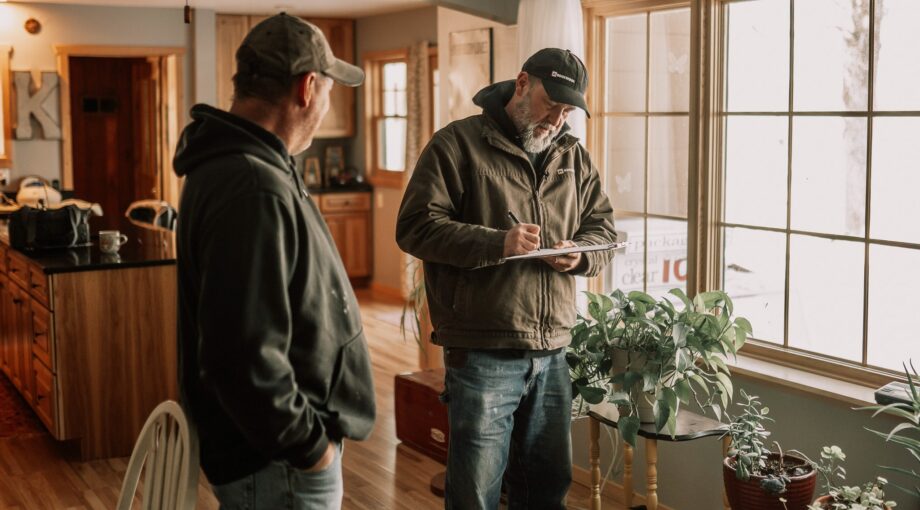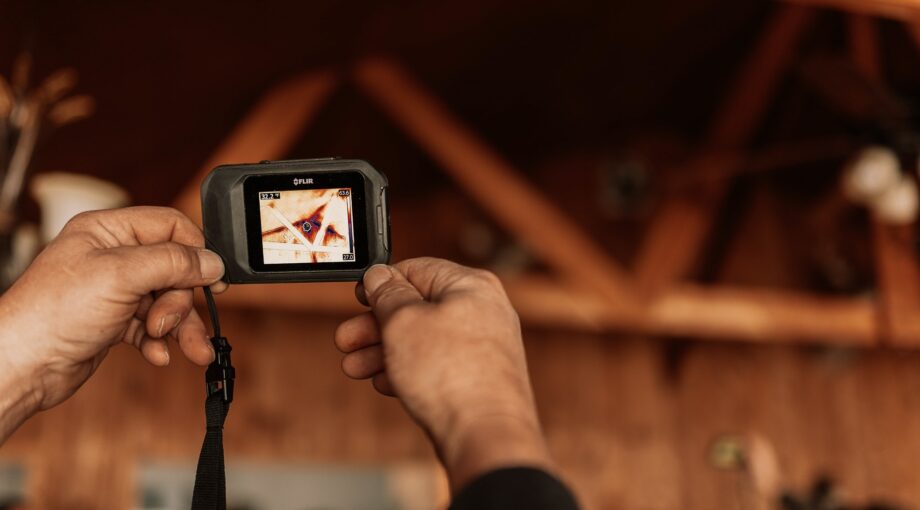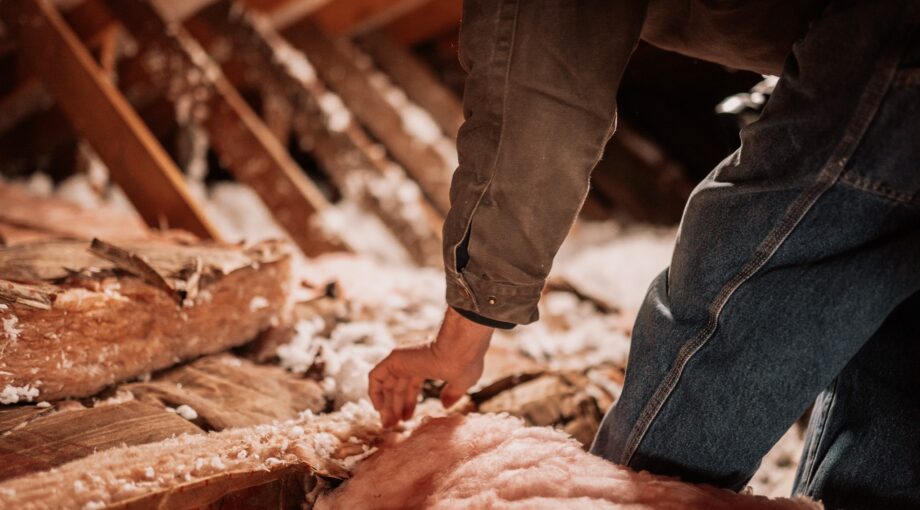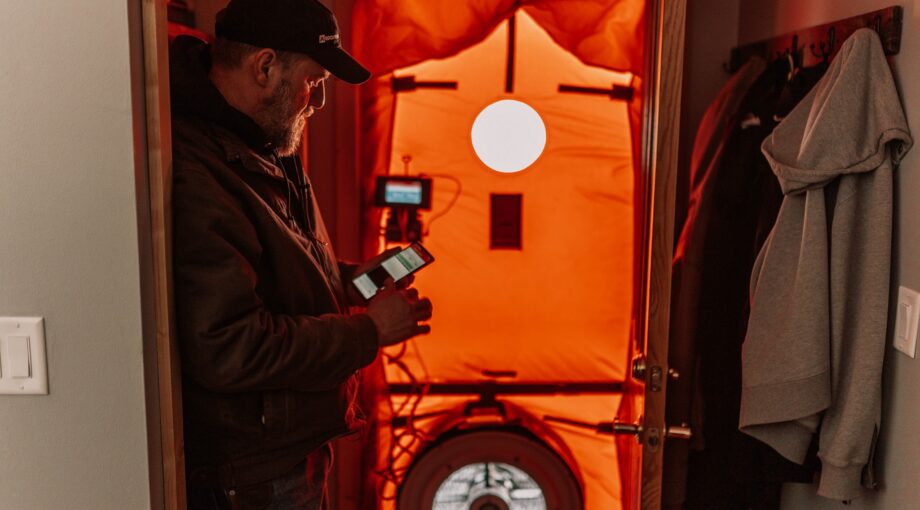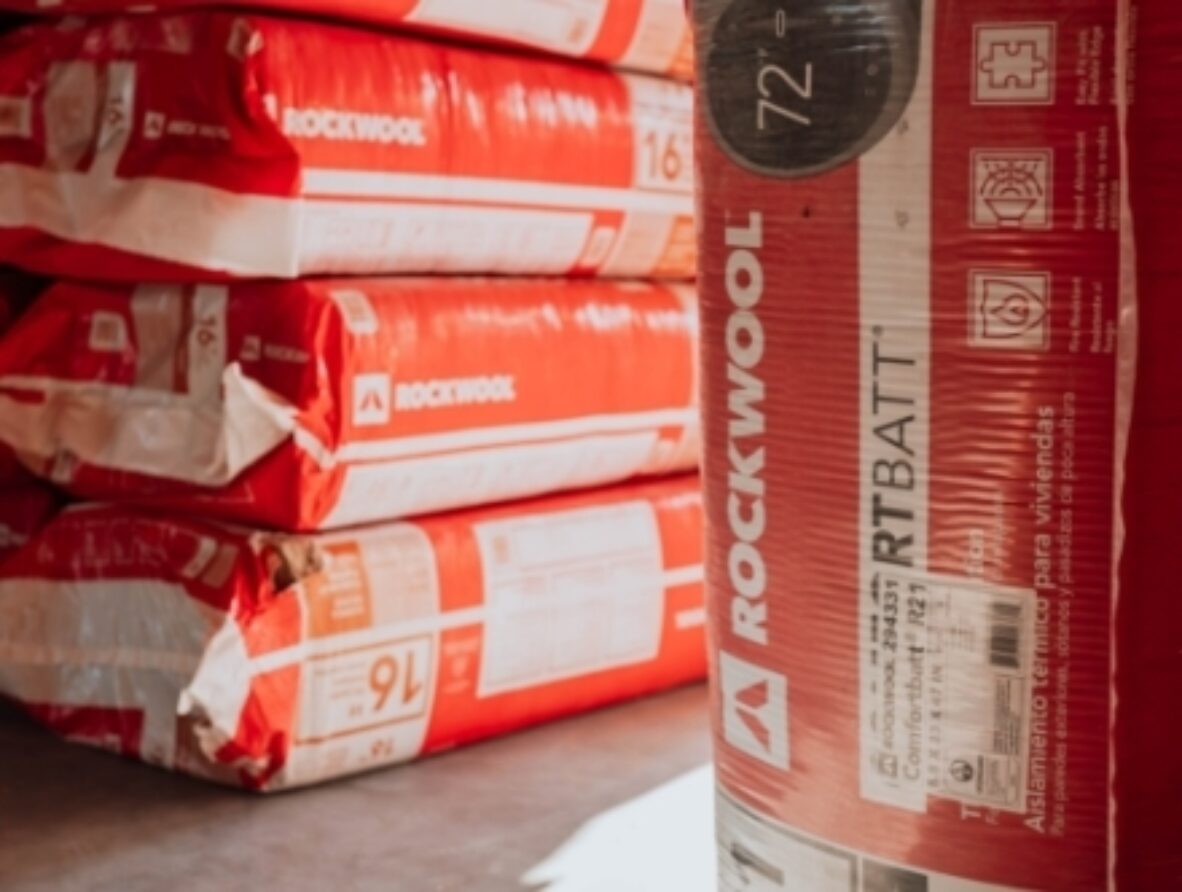(Note: There are differences between the US and Canada in some of the details and accreditation requirements regarding energy audits. However, much of the educational value is universal. This is written from the US perspective.)
I work in a niche discipline in the residential construction industry where I test and inspect both new and existing homes for construction errors and deficiencies that cause a home not to meet its owners’ expectations. A home can have a comfort or cost-to-operate issue. There may be moisture or indoor air quality issues that cause health problems for the occupants, or maybe there are structural durability concerns due to water infiltration. Sometimes this testing and inspecting simply becomes an educational session to teach the homeowner how their home actually works.
There are three different types of analysis I perform: an energy audit, energy assessment and building diagnostic. They are all related, but a little different. The first two deal with the movement of energy in a structure, the last is usually more about the movement of moisture, but not always. Let’s dig a little deeper into each.
Energy Audit
An energy audit is commonly defined as an inspection survey and analysis of energy flows for energy conservation in a building. I inspect and test a building (in my case, the building is always residential) to determine why the home’s energy performance does not meet the occupants’ expectations. In other words, it’s almost always a comfort or high energy bill complaint. The energy audit will include a questionnaire, several tests along with visual inspections to determine how the home was built and if there is an issue with either the building itself, or the appliances and HVAC equipment operating in the home or on the property. (Not every problem I find is confined to inside the home.)
The questionnaire includes asking about comfort and moisture issues, the homeowners’ schedules (do they leave for work at the same time every day, or maybe they work from home), and the things they do in the home (how often they do laundry, run the dishwasher, etc.) Testing may include blower door testing, thermal imaging, duct tightness testing, testing electrical service panels for usage, checking ventilation rates, and a check of the indoor air quality, among others. The energy audit is the most comprehensive of the three types of energy analysis. You can watch me go through this process in the recent video for the R‑Class, "Conducting a Home Energy Audit".
Energy Assessment
An energy assessment on the other hand, is an energy audit without testing. I perform more energy assessments than energy audits. I’m typically giving the customer my best guess as to why the home’s performance isn’t meeting their expectations based on a series of questions, a visual inspection and review of past energy consumption. It’s a much faster service, and as you may have guessed, it’s also much less costly.
6 out of 10 energy assessments result in finding most of the issues that contribute to poor performance.– Randy Williams
Most of the energy assessments I perform are through a local electricity provider, at no cost to their customer. It’s a win-win for both the provider and customer as the provider shows they care and want to help the customer understand their energy consumption, and the customer gets a free service and a number of energy-saving devices like LED lightbulbs and low-flow shower heads.
I’d estimate that 6 out of 10 energy assessments result in successfully finding most of the issues that contribute to the home’s poor performance. Energy assessments and sometimes energy audits are available in areas of both the US and Canada at no or reduced costs to homeowners. Check with your local energy provider for information and availability.
Building Diagnostic
A building diagnostic is a little different than the first two types of energy audits. Here, I’m dealing with a homeowner who has some sort of moisture issue within the home. This can range anywhere from too high or too low humidity levels (water vapor issues), bulk water leaks, air leaks, or capillary wicking of moisture through an assembly. To the homeowner, it might look like mold or mildew on an interior surface, water on the basement floor, or moisture on the inside of a window.
Of the three types of energy audits, I perform the least of this type, but that number is growing. There is also a subcategory of building diagnostics I perform called "code compliant" or "code required" testing. This is a simple pass/fail test required by a code official to satisfy the building code requirements. Blower door and duct tightness testing are most common, but I also have the tools to verify ventilation and air flow rates of HVAC equipment.
Tools for Energy Auditors
The four tools most commonly used during an energy audit are a blower door, thermal imaging camera and/or a smoke generator, and a manometer.
Blower doors are used to quantify the air leakage of a structure. We use thermal imaging in conjunction with the blower door to help identify air leaks when we have a difference in temperature between inside and outside the home. When there isn't enough difference in temperature, we can use smoke to help find the leaks. Smoke generators are often called smoke pens, or smoke puffers. Manometers are to control the blower door, but they can also be useful for checking pressure differentials in areas like attics and crawlspaces. These pressure differentials can help to determine where to spend our efforts identifying and sealing air leaks. To learn more about the gadgets we use conducting energy audits, read the piece I wrote for Green Building Advisor.
The Path to Certification
My first energy auditing training was in 2009. It was provided by a local college and met the State of Minnesota’s required guidelines to become an energy auditor. I’ve since pursued additional education by the BPI (Building Performance Institute) in both building analysis and weatherization training and completed training for RESNET (Residential Home Energy Rating Network) HERS® Rater certification. I regularly attend continuing education events and builder conferences, which means I’m always learning.
If you're interested in becoming an energy auditor or HERS rater, start by visiting the BPI website or RESNET for more information on training opportunities. There are a number of great websites dedicated to all the topics discussed in this post. Green Building Advisor www.greenbuildingadvisor.com is one of my favorites. Another is the Building Performance Association www.building-performance.org.
The Future of Energy Auditing
With the passing of the Inflation Reduction Act (IRA) in the United States, there will be a demand for more energy auditors. Both builders and homeowners can benefit from the programs in the IRA legislation, but third-party verification will be needed. Much of this verification will be performed by certified energy auditors and HERS raters, or possibly by community action programs such as the federally funded Weatherization Assistance Program. Each state will be responsible for the IRA roll out and at the time of this writing, much of the planning is ongoing. If you are interested in participating in any of the IRA programs, I suggest keeping an eye on local information. How programs will operate vary from state to state.
Stay tuned for my next blog post which will go into energy auditing in more depth. I’ll cover a portion of my questionnaire, the testing I provide, and the common problems I see in many homes.
Randy Williams is an energy auditor from Minnesota, and R‑Class Roundtable co-host. Each month, he will contribute to our Better Building Blog by writing about building science basics, and relevant topics through his years of experience both building and conducting energy audits. You can follow Randy @northernbuiltpro on Instagram. Opinions of builders featured through the R‑Class Builder Program are their own.
